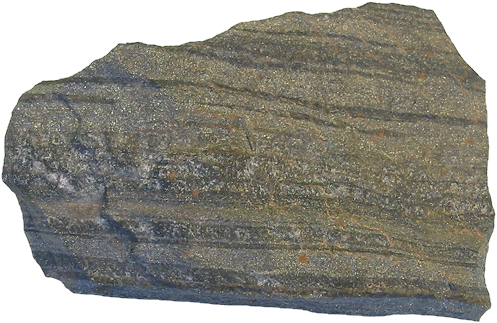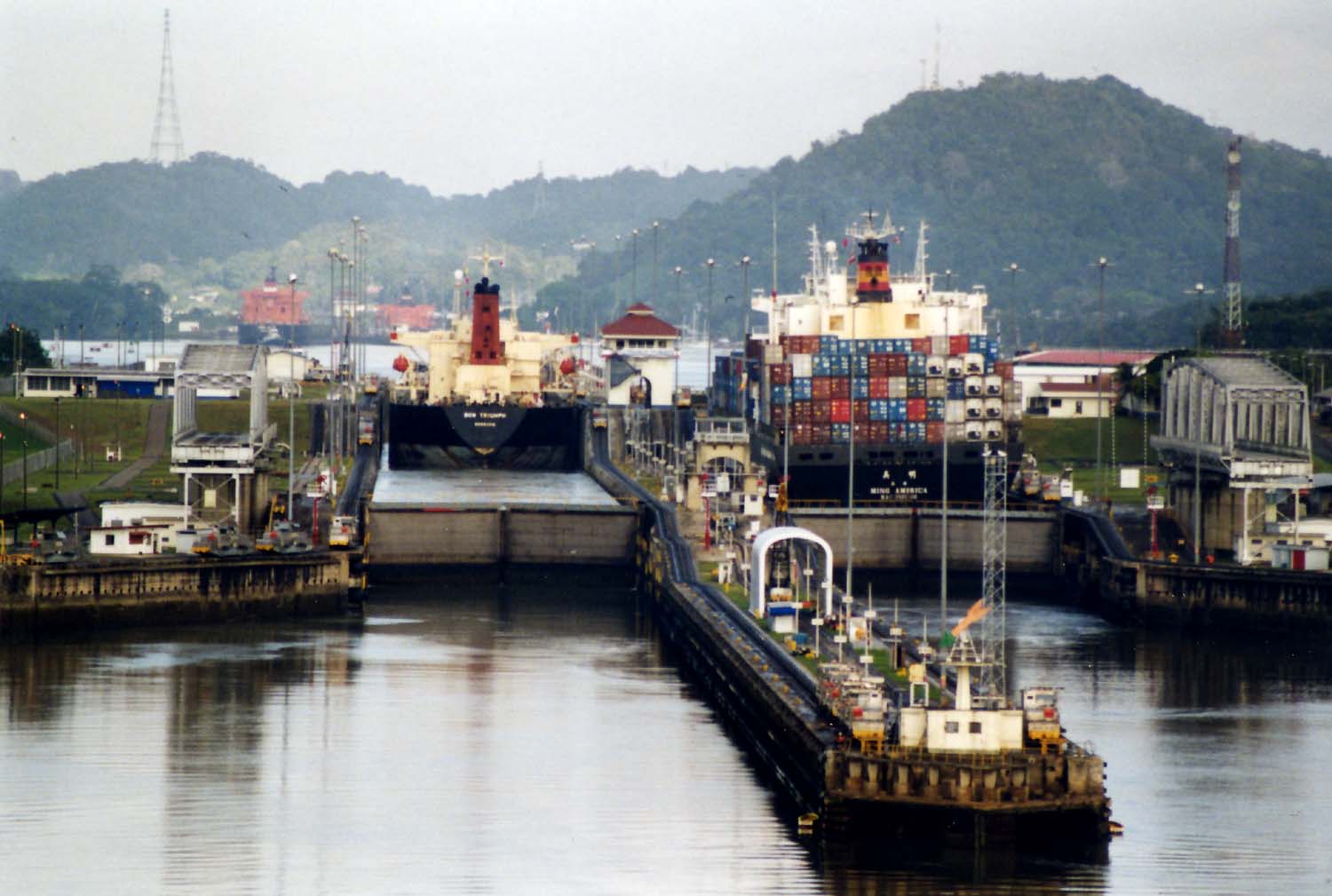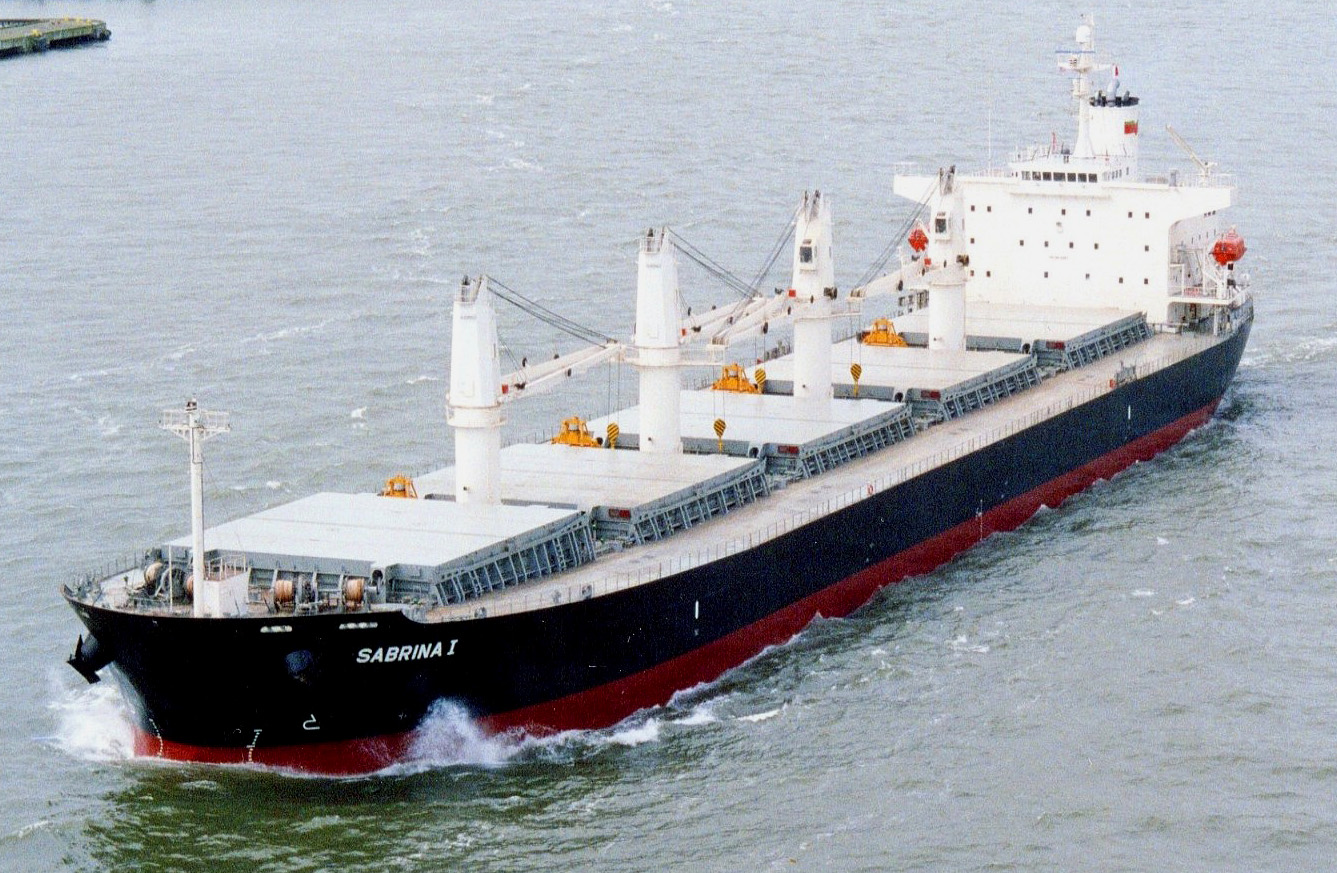|
Lanqiao
Lanqiao is a deep water port in Shandong, China, located south of Rizhao. Built between 2010 and 2016 by Land reclamations of China, reclaiming land, Lanqiao is a prominent port for loading and discharging mineral ores and other bulk cargoes. It also has an oil terminal. Primarily catering to the iron and steel industry in China, the port became fully functional in 2014 and lies within the Lanshan administrative region, south of Rizhao port. The terminal and shiploaders were built by ZPMC and the port can handle Panamax, Post Panamax bulk carriers of up to 205,000 deadweight tonnage. The port is equipped with grab ship unloaders, reclaimers, stackers, a train loader and belt conveyors. The entire bulk cargo terminal including the machinery as well as the water drainage power and lighting were developed by ZPMC. References {{coord missing, Shandong Ports and harbours of China Rizhao ... [...More Info...] [...Related Items...] OR: [Wikipedia] [Google] [Baidu] |
ZPMC
Shanghai Zhenhua Heavy Industries Company Limited (, ) is a Chinese state-owned Multinational corporation, multinational engineering company and one of the world's largest manufacturers of Crane (machine), cranes and large steel structures. History The company was founded in 1992. It is the subsidiary company of China Communications Construction Group (CCCG). It specializes in designing, manufacturing, erecting, Project commissioning, commissioning, shipping in fully erected state, after-sales servicing and developing new port machinery products. Its main products include container cranes (QCs) (supplied eight for London Gateway), rubber-tyred gantry cranes (RTGs), bulk-material ship loaders and unloaders, bucket-wheel stackers and reclaimers, portal cranes, floating cranes engineering vessels and large steel bridge structures. ZPMC was listed on the Shanghai Stock Exchange for A-share (mainland China), A share and B share (mainland China), B share. The net assets of ZPMC have re ... [...More Info...] [...Related Items...] OR: [Wikipedia] [Google] [Baidu] |
Rizhao
Rizhao (), alternatively romanized as Jihchao, is a prefecture-level city in southeastern Shandong province, China. It is situated on the coastline along the Yellow Sea, and features a major seaport. It borders Qingdao to the northeast, Weifang to the north, Linyi to the west and southwest, and faces Korea and Japan across the Yellow Sea to the east. The name of the city literally means "sunshine".Worldwatch Institute. (2007). '' State of the World : Our Urban Future.'' The city is known for its sustainability, and it mandates solar-water heaters in all new buildings. Rizhao city was recognized by the United Nations as one of the most habitable cities in the world in 2009. The city population stands at 2,968,365 people as of the 2020 Chinese census, of whom 1,172,205 live in the urban area of Donggang District. History Rizhao is located at the place where the ancient Dawenkou culture and the Longshan culture flourished. Rizhao belonged to the Dongyi people during the Xia and ... [...More Info...] [...Related Items...] OR: [Wikipedia] [Google] [Baidu] |
Shandong
Shandong ( , ; ; alternately romanized as Shantung) is a coastal province of the People's Republic of China and is part of the East China region. Shandong has played a major role in Chinese history since the beginning of Chinese civilization along the lower reaches of the Yellow River. It has served as a pivotal cultural and religious center for Taoism, Chinese Buddhism and Confucianism. Shandong's Mount Tai is the most revered mountain of Taoism and a site with one of the longest histories of continuous religious worship in the world. The Buddhist temples in the mountains to the south of the provincial capital of Jinan were once among the foremost Buddhist sites in China. The city of Qufu is the birthplace of Confucius and was later established as the center of Confucianism. Confucianism developed from what was later called the Hundred Schools of Thought from the teachings of the Chinese philosopher Confucius. Shandong's location at the intersection of ancient and modern n ... [...More Info...] [...Related Items...] OR: [Wikipedia] [Google] [Baidu] |
China
China, officially the People's Republic of China (PRC), is a country in East Asia. It is the world's most populous country, with a population exceeding 1.4 billion, slightly ahead of India. China spans the equivalent of five time zones and borders fourteen countries by land, the most of any country in the world, tied with Russia. Covering an area of approximately , it is the world's third largest country by total land area. The country consists of 22 provinces, five autonomous regions, four municipalities, and two Special Administrative Regions (Hong Kong and Macau). The national capital is Beijing, and the most populous city and financial center is Shanghai. Modern Chinese trace their origins to a cradle of civilization in the fertile basin of the Yellow River in the North China Plain. The semi-legendary Xia dynasty in the 21st century BCE and the well-attested Shang and Zhou dynasties developed a bureaucratic political system to serve hereditary monarchies, or dyna ... [...More Info...] [...Related Items...] OR: [Wikipedia] [Google] [Baidu] |
Land Reclamations Of China
Since 1949, China has carried out extensive land reclamation projects. It is among the countries which have built the most artificial land; from 1949 to 1990s, the total area of land reclaimed from the sea of China was about 13,000 km2. Mainland China A grand total of 150 km2 was planned to be reclaimed from the sea in 2009. Guangdong From June 2004 to the present, land reclamation is going on at Shantou. Project surface to reclaim is 146 km2. Jiangsu Between 2009 and 2020, Jiangsu will reclaim 21 parcels of tidal areas along the southern Yellow Sea, yielding a total of 1,817 square km of new land. Liaoning Starting in March 2005, the Caofeidian Land Reclamation Project (曹妃甸围海造地工程) reclaimed a total of 310 km2 next to the island of Tangshan. The first stage of 12 km2 was finished on 28 March 2006. The plan is to make space for the new industrial base of Shougang. Shanghai Between 2003 and 2006, the Shanghai government spent 40 billi ... [...More Info...] [...Related Items...] OR: [Wikipedia] [Google] [Baidu] |
Mineral Ores
Ore is natural rock or sediment that contains one or more valuable minerals, typically containing metals, that can be mined, treated and sold at a profit.Encyclopædia Britannica. "Ore". Encyclopædia Britannica Online. Retrieved 7 April 2021Neuendorf, K.K.E., Mehl, J.P., Jr., and Jackson, J.A., eds., 2011, Glossary of Geology: American Geological Institute, 799 p. Ore is extracted from the earth through mining and treated or refined, often via smelting, to extract the valuable metals or minerals. The ''grade'' of ore refers to the concentration of the desired material it contains. The value of the metals or minerals a rock contains must be weighed against the cost of extraction to determine whether it is of sufficiently high grade to be worth mining, and is therefore considered an ore. Minerals of interest are generally oxides, sulfides, silicates, or native metals such as copper Copper is a chemical element with the symbol Cu (from la, cuprum) and atomic numbe ... [...More Info...] [...Related Items...] OR: [Wikipedia] [Google] [Baidu] |
Steel Industry In China
The steel industry in China has been driven by rapid modernisation of its economy, construction, infrastructure and manufacturing industries. History 20th century The steel industry was small and sparsely populated at the start of the twentieth century and during both world wars. Most of the steel infrastructure was destroyed during the wars, and were using Soviet technologies. China lagged behind the western countries in its steel industry development even though they were using central planning techniques during the early days of communist rule. China underwent rapid economic industrialisation since Deng Xiaoping's capitalist reforms which took place in 1978. The steel industry gradually increased its output. China's annual crude steel output was 100 million tons in 1996. 21st century China produced of steel in 1999. After its ascension to the WTO it aggressively expanded its production for its growing appetite of manufacturing industries such as automotive vehicles, c ... [...More Info...] [...Related Items...] OR: [Wikipedia] [Google] [Baidu] |
Panamax
Panamax and New Panamax (or Neopanamax) are terms for the size limits for ships travelling through the Panama Canal. The limits and requirements are published by the Panama Canal Authority (ACP) in a publication titled "Vessel Requirements". These requirements also describe topics like exceptional dry seasonal limits, propulsion, communications, and detailed ship design. The allowable size is limited by the width and length of the available lock chambers, by the depth of water in the canal, and by the height of the Bridge of the Americas since that bridge's construction. These dimensions give clear parameters for ships destined to traverse the Panama Canal and have influenced the design of cargo ships, naval vessels, and passenger ships. Panamax specifications have been in effect since the opening of the canal in 1914. In 2009, the ACP published the New Panamax specification which came into effect when the canal's third set of locks, larger than the original two, opened on ... [...More Info...] [...Related Items...] OR: [Wikipedia] [Google] [Baidu] |
Bulk Carriers
A bulk carrier or bulker is a merchant ship specially designed to transport unpackaged bulk cargo — such as grains, coal, ore, steel coils, and cement — in its cargo holds. Since the first specialized bulk carrier was built in 1852, economic forces have led to continued development of these ships, resulting in increased size and sophistication. Today's bulk carriers are specially designed to maximize capacity, safety, efficiency, and durability. Today, bulk carriers make up 21 percent of the world's merchant fleets, and they range in size from single-hold mini-bulk carriers to mammoth ore ships able to carry 400,000 metric tons of deadweight (DWT). A number of specialized designs exist: some can unload their own cargo, some depend on port facilities for unloading, and some even package the cargo as it is loaded. Over half of all bulk carriers have Greek, Japanese, or Chinese owners, and more than a quarter are registered in Panama. South Korea is the largest single bu ... [...More Info...] [...Related Items...] OR: [Wikipedia] [Google] [Baidu] |
Deadweight Tonnage
Deadweight tonnage (also known as deadweight; abbreviated to DWT, D.W.T., d.w.t., or dwt) or tons deadweight (DWT) is a measure of how much weight a ship can carry. It is the sum of the weights of cargo, fuel, fresh water, ballast water, provisions, passengers, and crew. DWT is often used to specify a ship's maximum permissible deadweight (i.e. when it is fully loaded so that its Plimsoll line is at water level), although it may also denote the actual DWT of a ship not loaded to capacity. Definition Deadweight tonnage is a measure of a vessel's weight carrying capacity, not including the empty weight of the ship. It is distinct from the displacement (weight of water displaced), which includes the ship's own weight, or the volumetric measures of gross tonnage or net tonnage (and the legacy measures gross register tonnage and net register tonnage). Deadweight tonnage was historically expressed in long tonsOne long ton (LT) is but is now usually given internationally in t ... [...More Info...] [...Related Items...] OR: [Wikipedia] [Google] [Baidu] |
Ports And Harbours Of China
A port is a maritime facility comprising one or more wharves or loading areas, where ships load and discharge cargo and passengers. Although usually situated on a sea coast or estuary, ports can also be found far inland, such as Hamburg, Manchester and Duluth; these access the sea via rivers or canals. Because of their roles as ports of entry for immigrants as well as soldiers in wartime, many port cities have experienced dramatic multi-ethnic and multicultural changes throughout their histories. Ports are extremely important to the global economy; 70% of global merchandise trade by value passes through a port. For this reason, ports are also often densely populated settlements that provide the labor for processing and handling goods and related services for the ports. Today by far the greatest growth in port development is in Asia, the continent with some of the world's largest and busiest ports, such as Singapore and the Chinese ports of Shanghai and Ningbo-Z ... [...More Info...] [...Related Items...] OR: [Wikipedia] [Google] [Baidu] |





